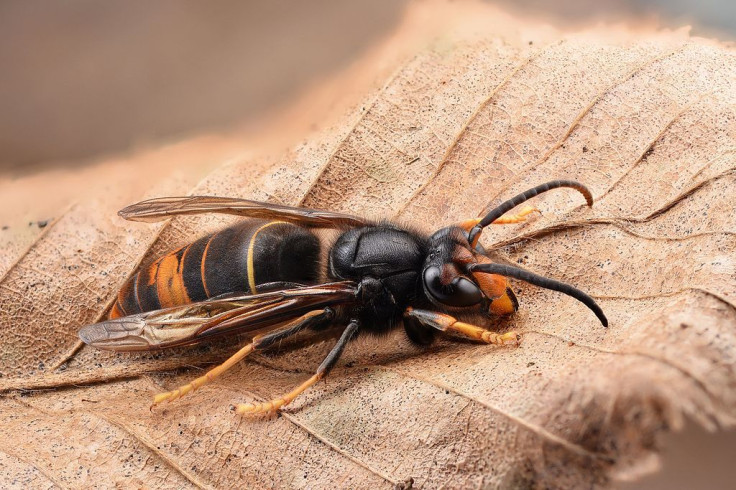Asian Hornet Invading Europe, German Specimen Shows Species Is Spreading North

KEY POINTS
- Asian hornets arrived in Europe accidentally in 2005
- Since then, the species has rapidly spread to other parts of Europe
- A new study describes an Asian hornet specimen discovered in Hamburg, Germany
- Some models suggest that the Hamburg area is not suitable to Asian hornets
- The find shows the rapid invasion of Asian hornets in Europe
The first Asian hornet specimen in Europe was first captured in southwestern France in 2005. Since then, the invasive species quickly spread to other parts of Southern and Central Europe.
In a new study, researchers described the northernmost discovery of the species in Europe so far, showing that the species is further spreading northward.
Asian Hornet Invasion
It was in September of 2019 when researchers got hold of an Asian hornet specimen from Hamburg, Germany. Although it is still not certain whether the specimen was a part of an already established population of Asian hornets in the area or if it is the sign of a new invasion, what’s worrying is the fact that the specimen was found in the area at all.
This is because models suggest that the Hamburg region should not be favorable to Asian hornets. If the species has quickly spread to areas that are climactically less favorable to them, then, the species might be spreading much faster than estimated. In France, for instance, the invasion speed is estimated at about 78 kilometers per year, although the real rate is likely to be faster.
“Therefore, the current find needs to be taken seriously, no matter if it is only a single specimen or a member of an established population,” lead researcher Martin Husemann of the University of Hamburg said.
Sure enough, invasive species are a major challenge in the modern world, as they tend to disrupt local environments and threaten native species. The Asian hornets, for instance, tend to prey on all important honey bees as well as other beneficiary species.
Asian Hornets In Europe
Asian hornets originate from southeast Asia, from northeast India and central China to Sumatra, Hong Kong and Java. As for the very first specimens that were recovered in France in 2005, a monitoring campaign in 2006 revealed that they came from a nest of the species that were transported to Europe along with pottery from China.
Since then, the species has spread to other parts of Europe, with colonies being discovered in Spain, Belgium, the Netherlands, Portugal, Italy, Great Britain, and Germany.
Asian hornets are invasive, predatory pests that have been a problem for beekeepers due to their effective predation of European honeybees as well as wild honeybee populations. Apart from their direct impact of killing the bees in order to consume their larvae, they also have an indirect impact on honey production because the bees tend to spend more time protecting and defending their hives rather than foraging.
This not only reduces the bees’ production, but it also puts the health of the developing brood at risk. For instance, after the Asian hornet arrived in Spain in 2010, honeybee losses reached 30 percent by 2012.
© Copyright IBTimes 2024. All rights reserved.






















